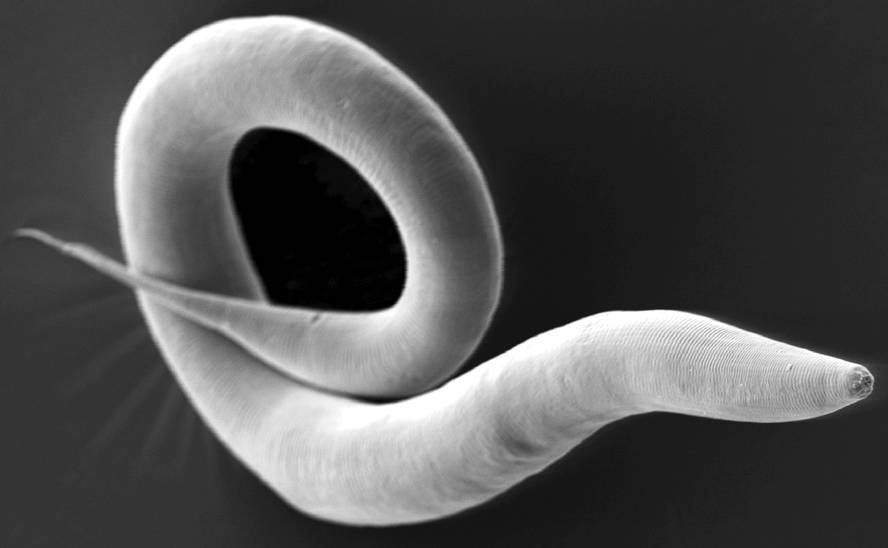Biochemistry of fear, worms to humans
To investigate the mechanisms of fear and anxiety, a microscopic life is being used: Worm of Caenorhabditis elegans. Placed on the ground the sulfollipids that segregate their natural predators, C. elegans adopts self-protection behavior: abruptly changes sulfollipids abruptly changes direction and stops laying eggs. The researchers of the Salk Institute have discovered that the mere presence of these fluids activates four neural circuits, and have affirmed that fear, rudimentary and basic mechanism, causes a very similar neuronal response in worms and humans.
When they have been given the drug Zoloft against human anxiety, worms have not shown fear of sulfollipids. In view of the influence of the drug on them, it seems that neuronal responses to fear have remained in evolution. Researchers hope that identifying scary signals in the nervous system of worms will help better understand the mechanisms and nature of anxiety.






